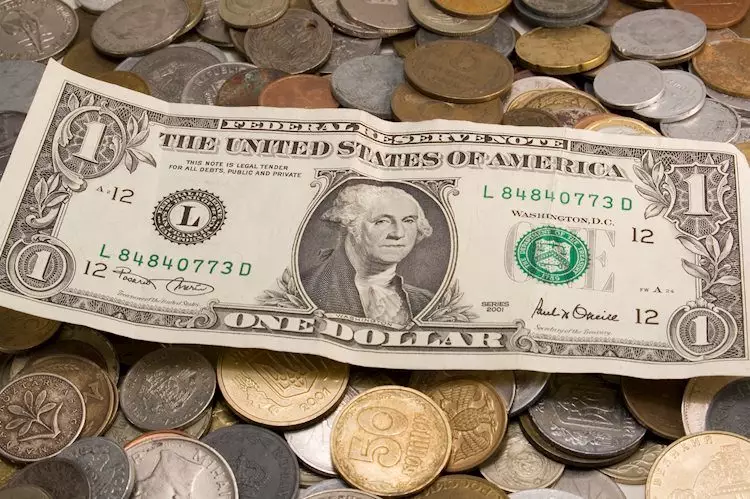The U.S. economy is at a crucial junction, navigating through a phase marked by moderate slowdown yet with signs of underlying strength. The Federal Reserve’s recent assessments have indicated that the trajectory of interest rate increases will closely follow economic indicators, pointing to a data-driven approach in its monetary policy formulation. Notably, the New York Fed’s Nowcast model is forecasting commendable growth rates of 2.6% for the third quarter and 2.2% for the fourth quarter of this year, which provides a glimmer of hope amidst concerns of economic deceleration.
Yet, the macroeconomic context remains complex. Financial conditions are expected to remain lenient, which, according to the Fed, should support the economy and prevent a severe downturn. While optimism is prevalent in the markets, particularly surrounding the resilience of the U.S. dollar (USD), the upcoming election poses potential volatility, indicating that both political and economic factors must be considered when evaluating future performance.
The recent market responsiveness reflects a blend of optimism and uncertainty. The U.S. dollar has been gaining strength, buoyed by a market sentiment that seems to anticipate solid economic performance moving forward. However, there is a juxtaposition of this strength alongside persistently dovish expectations regarding the Federal Reserve’s policy direction. Despite the initial market movements suggesting expectations of interest rate cuts, these forecasts have recently undergone revision, with traders now contemplating an additional 75 basis points cut by the year’s end, and even as much as 250 basis points in cuts over the following year. Such forecasts are contributing to a dynamic where while the dollar holds its ground, it is tethered closely to conflicting economic signals.
This interplay between market optimism and Fed guidance illustrates the delicate balance the dollar is currently maintaining. The Dollar Index (DXY), which assesses the USD against a basket of other currencies, has exhibited some upside momentum recently. However, technical indicators hint at a potential bearish sentiment, with the Relative Strength Index hovering around the 40 mark, indicating proximity to oversold conditions. Similarly, the Moving Average Convergence Divergence (MACD) shows a decline in buying pressure, suggesting that bearish forces are still in control.
To fully grasp the dollar’s fluctuations, an understanding of the Federal Reserve’s dual mandate is essential. The Fed aims for price stability and full employment, with interest rates serving as the primary mechanism to achieve these goals. An increase in inflation rates generally prompts the Fed to raise interest rates, thereby strengthening the dollar. Conversely, if inflation settles below the target of 2%, or if unemployment rises significantly, a reduction in rates usually ensues, weighing down on the dollar’s value.
Another intriguing component of the dollar’s valuation dynamics involves quantitative easing (QE) policies. Historically, QE served as a mechanism during economic crises, aimed at inflating money supply and stimulating economic activity by purchasing government bonds. Although effective, QE typically results in a weaker dollar. In contrast, quantitative tightening (QT)—the Fed’s approach of ceasing bond purchases and allowing existing bonds to mature—creates a tightening effect that generally strengthens the dollar. Thus, the Fed’s policy decisions directly impact the dollar’s valuation in the broader financial ecosystem.
Investors should be vigilant as they navigate these complexities in the U.S. dollar’s landscape. The interplay between federal monetary policy, market optimism, and external economic factors will likely dictate the dollar’s performance well into the future. Resistance levels for the DXY are currently indicated at 101.00, 101.30, and 101.60, while supports are positioned at 100.50, 100.30, and 100.00. Such technical levels are vital for traders to note as they reflect the market’s generalized sentiment towards the economic outlook.
As the election nears and economic data unfold, the potential for volatility remains high. Should the dollar continue to thrive amidst bearish technical signals and conflicting economic forecasts, it will be a testament to its resilience. However, should dovish expectations regarding Fed actions hold sway, investors may need to reassess their strategies carefully.
While the U.S. dollar is currently benefitting from robust growth forecasts and market optimism, economic uncertainties and Fed policies will ultimately play a pivotal role in determining its trajectory. Navigating this landscape requires acute awareness of both macroeconomic indicators and market sentiment.

